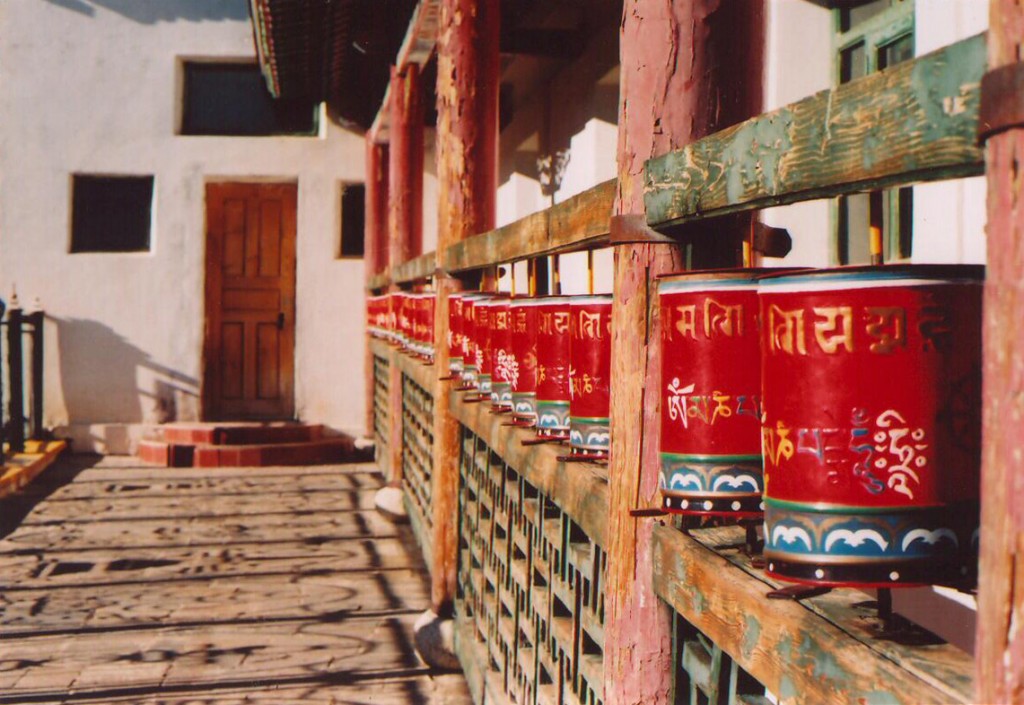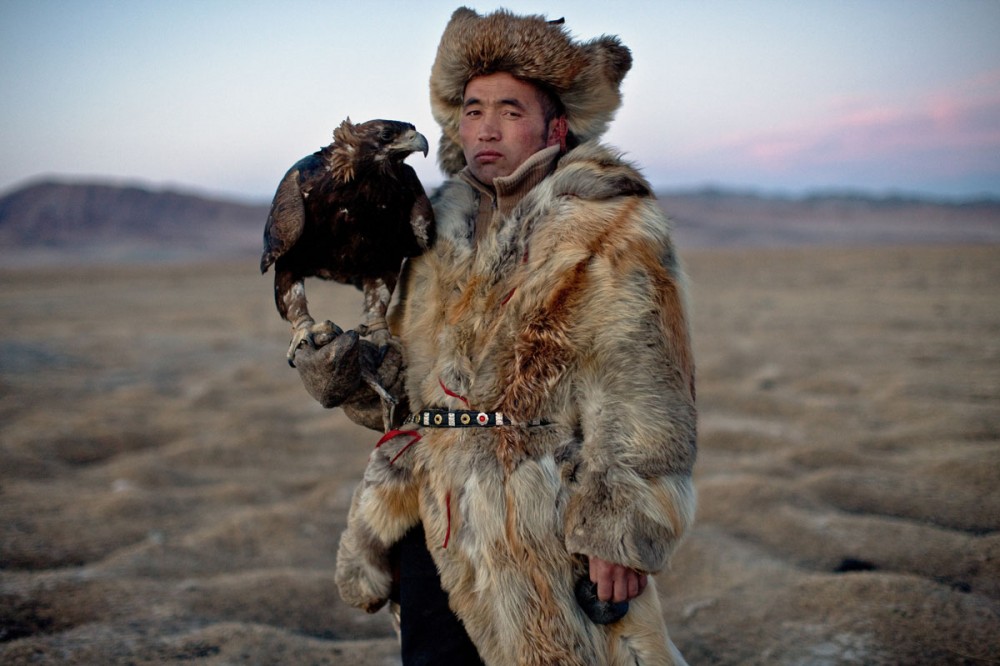Traveling the Trans-Siberian Railway
The Trans Siberian Railway spans the largest land mass on Earth, officially starting in Moscow and finishing in either Vladivostok, Russia’s most eastern city, or in Beijing by passing south through Mongolia via the Trans Mongolian line. Intrigued by the possibility of travelling from central Europe to North-Eastern China solely by land, we chose the latter.
After a few days in Berlin it was time to board our train to St. Petersburg. As we had bought our tickets through DB Bahn we made the mistake of presuming that our train would be German and thus, to some extent, English speaking. However the “Vash Passport!” demand that greeted us as we boarded the train told a different story.We quickly identified the speaker as our provodnitsa, the term for the infamously strict female train attendants, and waited for the journey to start. But the consequences of our linguistic presumptions soon posed a large problem. As it was a 36-hour journey we had naively presumed there would be some way to buy food on board the train. And that may have been the case, but despite our Russian phrase book and best attempts at body language (something not really understood in Russia) the fact that it was an exclusively Russian speaking train meant we never found out. Thankfully we had brought some basic supplies with us but we still arrived in St. Petersburg a day and a half later very tired and somewhat malnourished.

The first time you arrive in Russia it is a strange experience. As a westerner, the familiar faces of the Russian people are juxtaposed with the completely unfamiliar language, alphabet and culture – it is like you have stumbled upon a lost world or a parallel universe. Equally, the first night in Russia is also one to remember. Or not, as the case will most likely be. After getting ushered out of our hostel by an eager and extremely friendly staff member, the power of the Russian shot measurement was unleashed, and once the initial hit of the famous soviet juice was eased by a tactical slice of lemon, one shot soon became somewhere well above ten. Normally spontaneous night outs are relatively harmless, but spending my first night in St. Petersburg blind drunk was not the safest choice and it was only by some form of divine intervention that we woke up safely in our hostel the next morning. As you can imagine the next day’s plans were not quite as punctual as we had hoped but the glory of St. Petersburg, often referred to as the “Venice of the North”, is not one to be missed and we wandered the lengthy Nevsky Prospect and enjoyed the fantastic architecture for the next couple of days.



